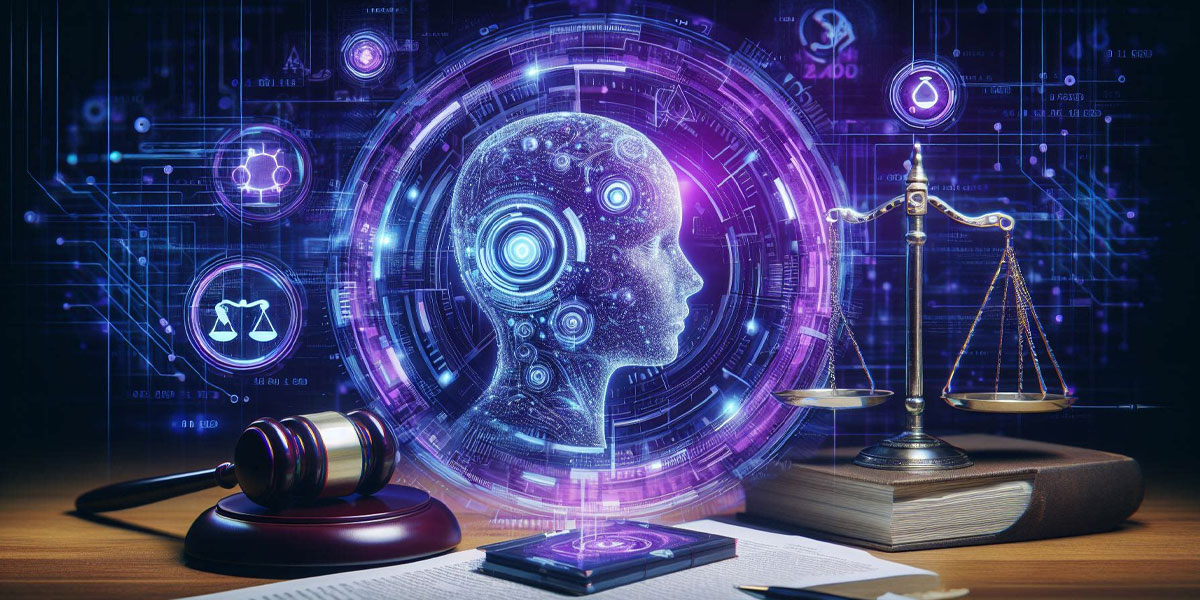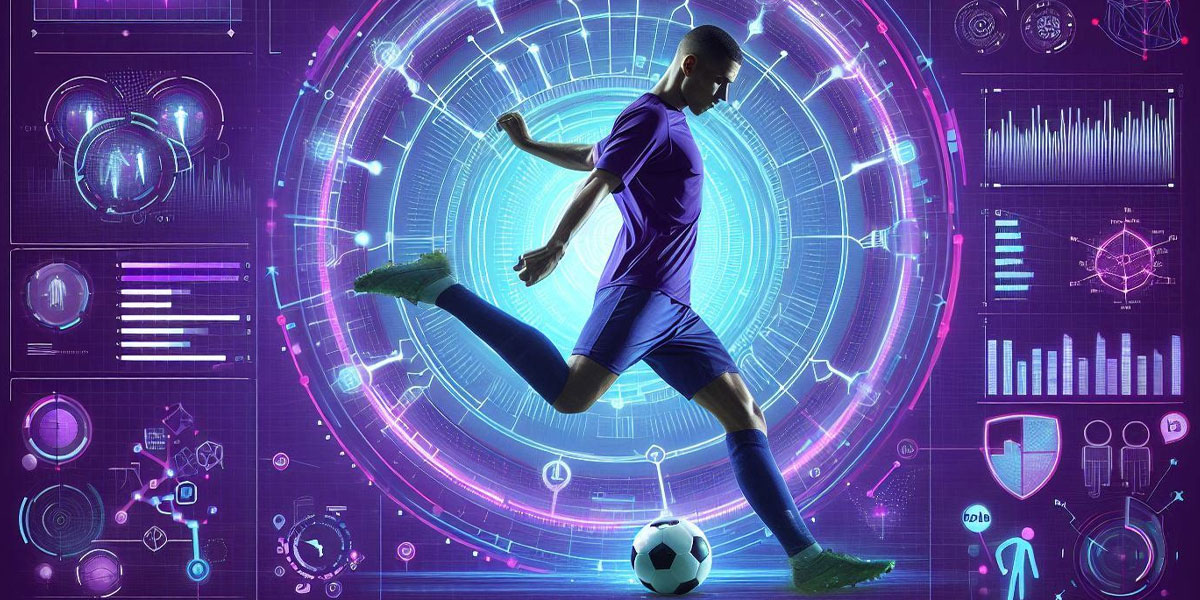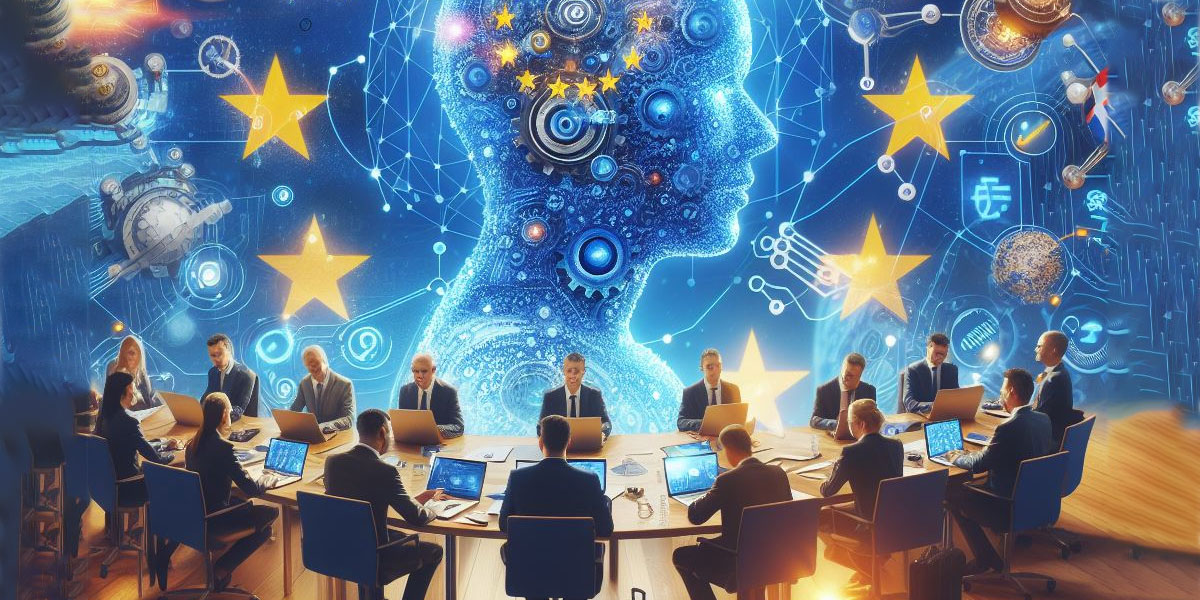Necessary cookies are absolutely essential for the website to function properly. These cookies ensure basic functionalities and security features of the website, anonymously.
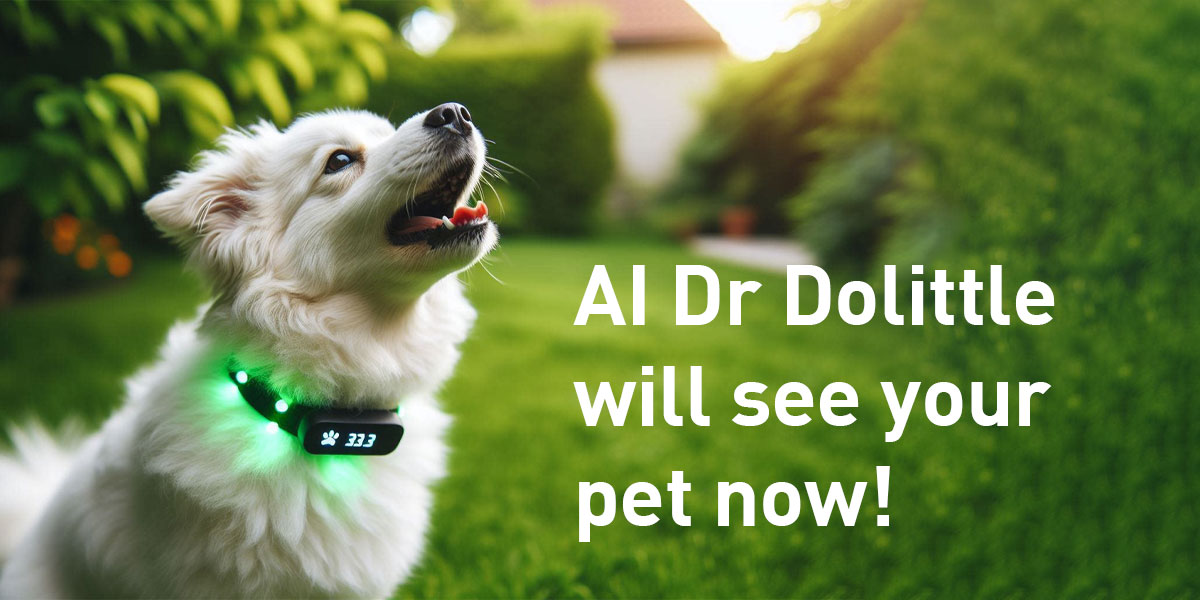
AI Dr Dolittle will see your pet now!
We know that machines do an amazing job translating and reproducing human language. But what if they could also decode your pet’s barking or tweeting, or the language of any of the many species that we share this planet with? AI may well achieve what fantasy fiction has long hoped for: if we could just talk to the animals…
The ecological case for understanding of animal vocalisations
Some recordings of certain species have a long history of academic study. For example, the sound recordings of blue whales have always attracted special interest, both for the beauty of their soulful cries and the value of the species in human culture. While we won’t be able to understand what they’re saying any time soon, we can learn a lot from their vocalisations. The uniqueness of each blue whale vocal pattern, and cultural similarities or ‘dialects’ among the world’s blue whale population has allowed ecologists to identify different ‘vocal groups’ and this, in turn, has allowed for the identification of a new species from their sound alone.
Research into primate communication using sign language and symbols has produced some of the most compelling evidence that animals have a message they want to share. Even outside of the research laboratory environments, animals like chimpanzees have been found to be able to express a deep understanding of the social world around them. Capturing digital features of their communication brings us closer to decoding and encoding messages between us and them.
How AI may achieve two-way interaction
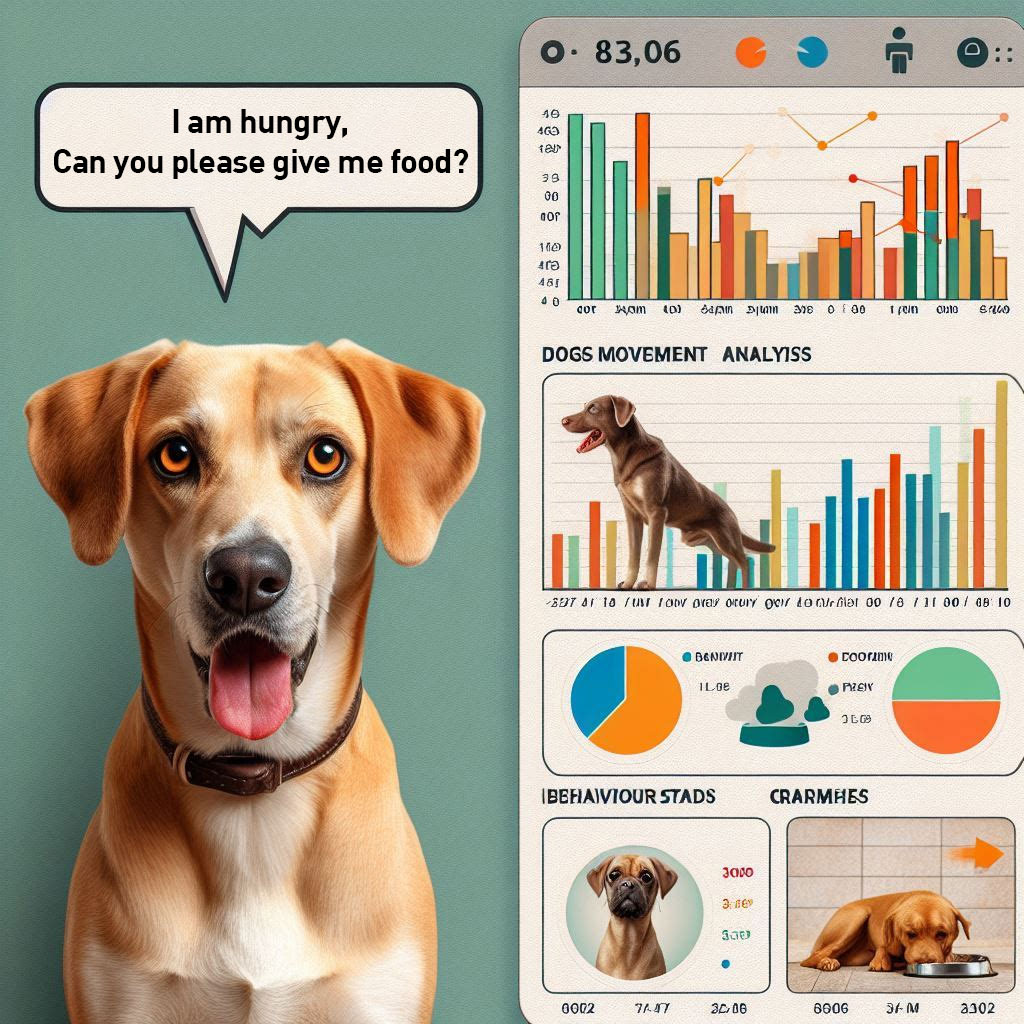
The Earth Species organisation has been developing machine learning models that may interpret a range of communication patterns. This includes sound recordings, but may also include non-verbal communication data through movements and positioning tags. Whatever animal communication looks like, it is unlikely to have the grammatical structure of human language and we need a broad definition of what that communication might look like.
The Earth Species organisation represent languages, like human English, in a geometric format. The image looks a little like a galaxy, where each ‘star’ is a word. The hope is that these geometric encodings allow relational meaning, like danger or opportunity, to be translated between species without a traditional ‘word dictionary’.
The long-term goal is to eventually generate sounds that carry a semantic meaning to the animal and unlock two-way communication with a non-human species. It’s a distant dream, but there have already been successes along the way. Scientists have generated a number of meaningful calls to share with species such as chiff-chaffs, a type of bird, and they are developing an interactive version where the machine will respond to input from the birds, potentially the first non-human to machine dialogue!
It’s still a long way from chatting with your dog about your day at work, but may well provide non-invasive insights into the lives of endangered species.
See the EarthSpecies data and project on Github.

